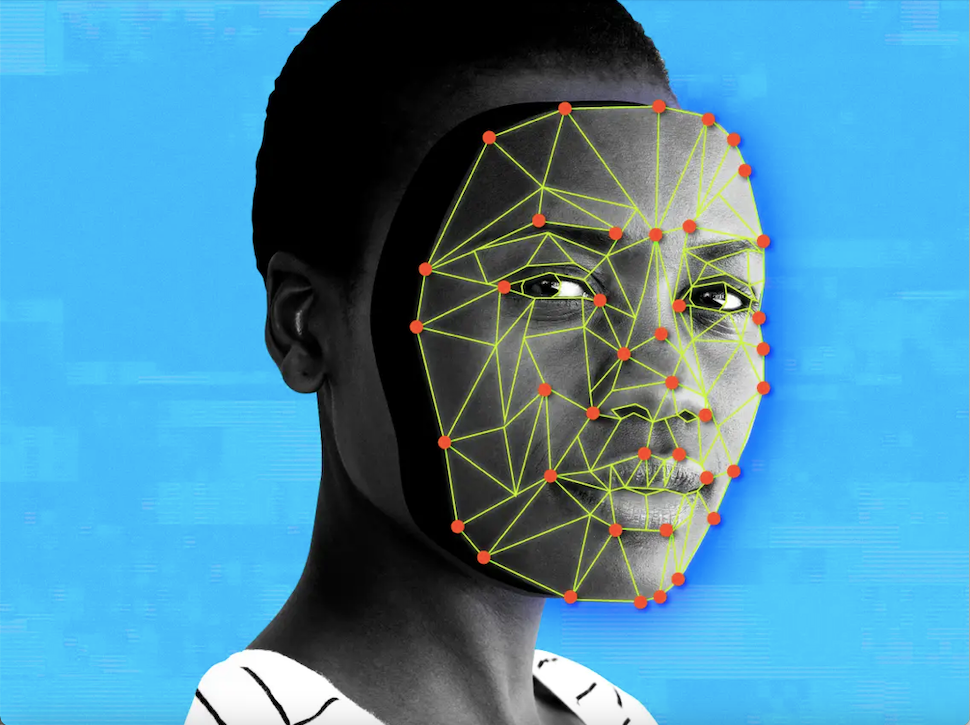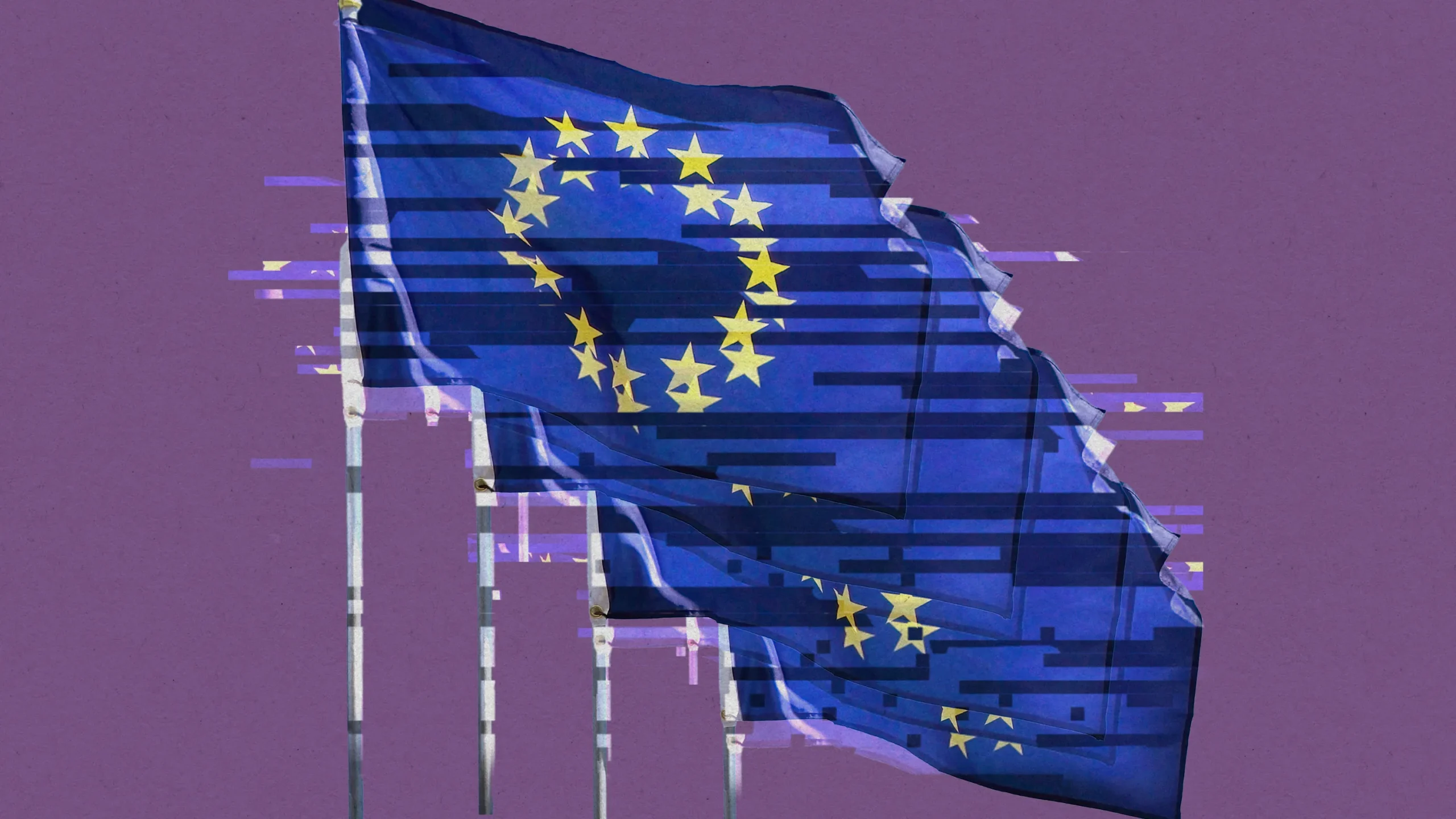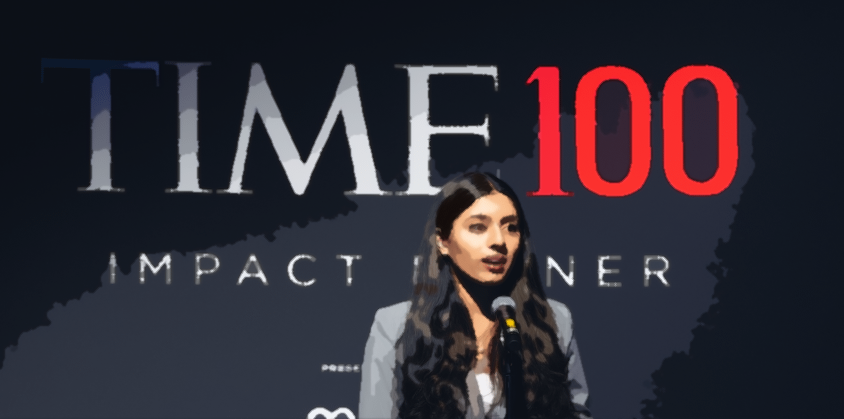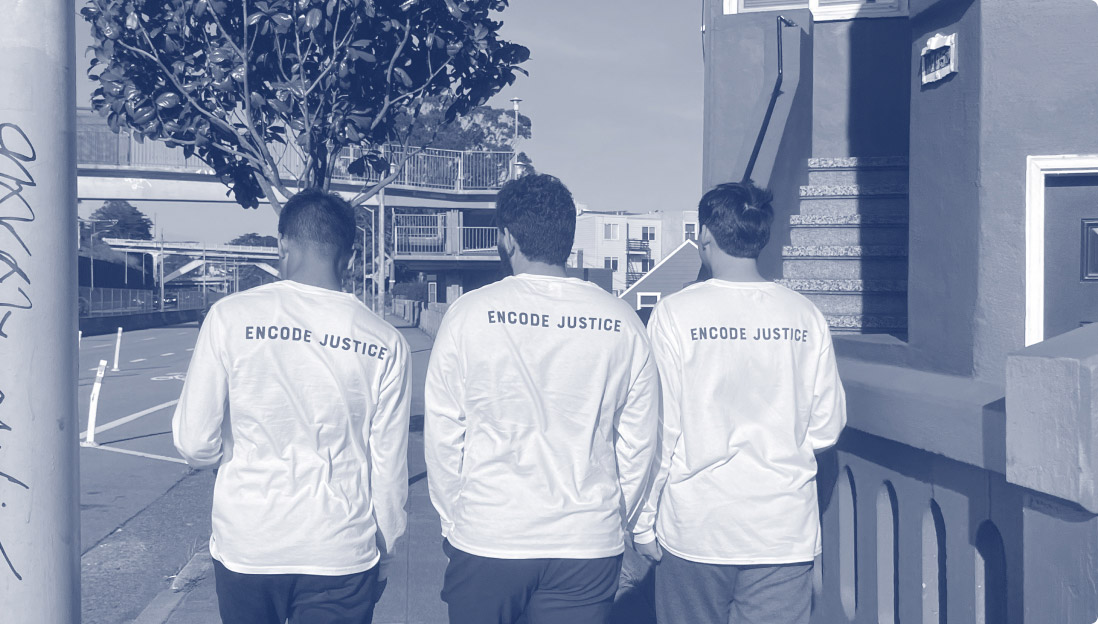
In most situations, it is assumed that video footage is fact. What is found on a security tape is indisputable evidence, and fiction is best left to cartoons and special effects. Deep fakes, or the use of artificial intelligence algorithms to change a person’s face to that of another, blur the lines of fact and fiction. What was once an easily dismissible fake news headline now is bolstered by video evidence. As the algorithms that create deep fakes become smarter, many question the consequences and of potentially slanderous deep fakes, and legislative approaches to mitigating their harm.
In 2020, a State Farm commercial played on ESPN’s The Last Dance. The commercial appeared to showcase a 1998 clip of an analyst from ESPN making an accurate prediction about the year 2020. This clip was a deep fake. The clip was generated with the help of artificial intelligence software. Viewers likely realized that the clip was fake, but they might have not considered the ethical implications of the video and subsequently, all deepfakes.
At the beginning of 2019, the number of deepfakes on the internet nearly doubled over the span of three months (Toews 2020). As artificial inteeligence technology continues to improve, this growth will continue. While some deep fakes, such as the doctored clip of the analyst, are lighthearted, malicious deep fakes pose a serious threat to society. One example of this is deep fakes in the political world. Deep fakes can be a powerful mechanism for destroying a public figure’s credibility by distorting their words, as well as spreading false information to the individuals who view them. Deep fakes can cause harm in a plurality of societal spheres, which causes them to be a concern to members or society.
There are steps that tech firms, social media platforms, and the government are taking to alleviate this problem. Facebook teamed up with researchers to create deep fake detection software. This program DeepFace identifies human faces by employing a nine layer neural network trained on over four million images to identify deep fakes with 97% accuracy.
The United States government has been addressing deep fakes through legislation. The 2021 NDAA, which recently became law, requires the Department of Homeland Security to issue a report on deep fakes every year for the next five years. The reports detail how deep fakes can be used for harm. The Identifying Outputs of Generative Adversarial Networks Act was signed into law in December 2020. As a result, deep fake technology and measures of authenticity will be researched by the National Science Foundation (Briscoe 2021).
As technology continues to improve, deep fakes will become more advanced, likely becoming indistinguishable from real video. Their potential harm needs to be addressed by all levels of society, from governments they attempt to distort, to viewers they manipulate, and social media platforms they use to spread harmful misinformation.



